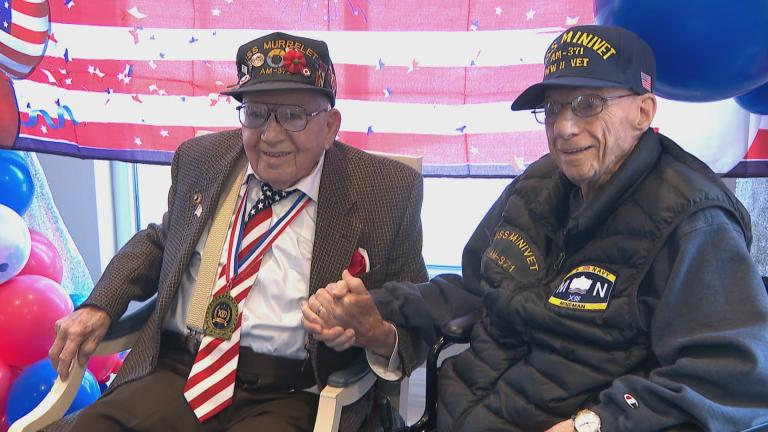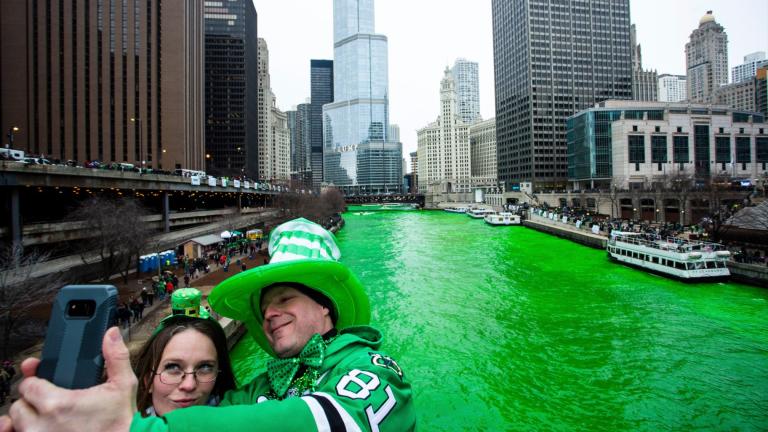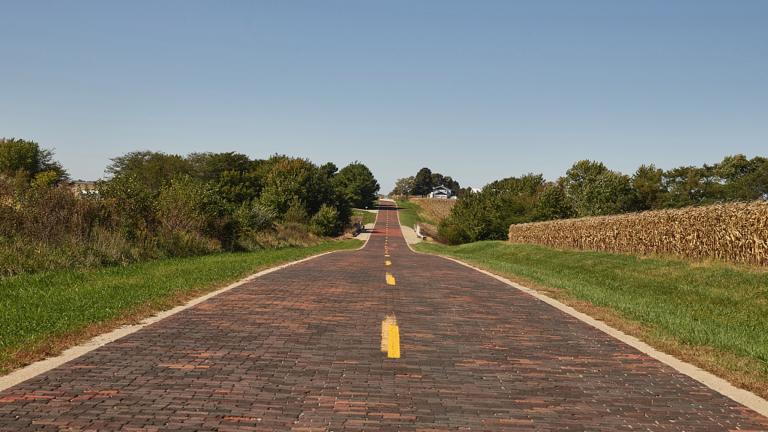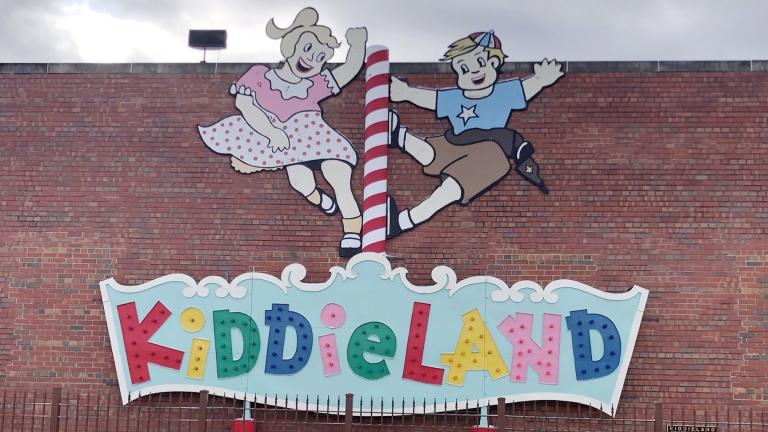The term “sundown town” is familiar to many African Americans.
These were towns across the United States where black Americans knew they weren’t welcome after dark.
A new ProPublica Illinois story examines the racist legacy of one such town in Illinois called Anna.
Below, a Q&A with ProPublica Illinois reporter Logan Jaffe.
What exactly is a sundown town?
Although the term can mean many different things, it’s basically a place that isn’t welcoming to black people. The term and concept started around the 1890s and continued through 1940s, even the 1970s in some places. It started as a way to keep freed blacks from taking white jobs, and extended to housing policies and policing practices.
How’d you first hear about the term sundown town?
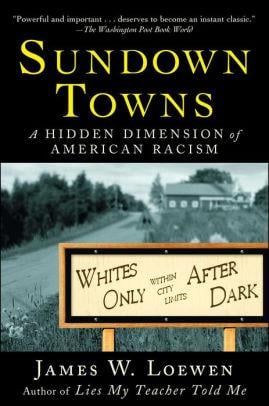 In 2016 I started reading this book, “Sundown Towns: A Hidden Dimension of American Racism.” Written in 2005, it’s considered the definitive book on this topic and was written by James Loewen, a sociologist from Decatur, Illinois. After finishing the book, Loewen created his own database which included some 500 towns in Illinois that at some point in their history excluded blacks.
In 2016 I started reading this book, “Sundown Towns: A Hidden Dimension of American Racism.” Written in 2005, it’s considered the definitive book on this topic and was written by James Loewen, a sociologist from Decatur, Illinois. After finishing the book, Loewen created his own database which included some 500 towns in Illinois that at some point in their history excluded blacks.
Why did you focus your story primarily on the Southern Illinois town of Anna?
I believe Anna’s the first Illinois town mentioned in Dr. Loewen’s book. In the book, Loewen said he’d heard the town’s name had come to be known as an acronym for Ain’t No N-Word Allowed. Loewen recounts traveling to Anna, asking about the acronym and finding that people were well aware of it. That would have been in the early 2000s. I wondered if residents of Anna today still associated the town with that acronym.
I’ve been working on the story for almost two years. The first trip I took to Anna was in February 2018. I was already in Southern Illinois working on a different project and asked my editor if it was alright if I spent a day or two in Anna, looking into this topic. First night in Anna I went to the main restaurant in this tiny town of 4,000, got into a conversation with someone two stools away from me at the bar. I asked him to tell me about the town and he immediately said, “You know how this town is called Anna?” And when he explained it he didn’t use “N-word” as a euphemism for what the acronym stood for. He didn’t lower his voice when said it and no one gave us so much as a dirty look when he did say it.
Did you ever feel uncomfortable talking to locals about this?
At first I was hesitant and would speak in hushed tones about the name. I wasn’t sure whether people were even aware of the acronym, and if they were, how willing they’d be to discuss it. But I discovered it was hard to find anyone who didn’t know about it.
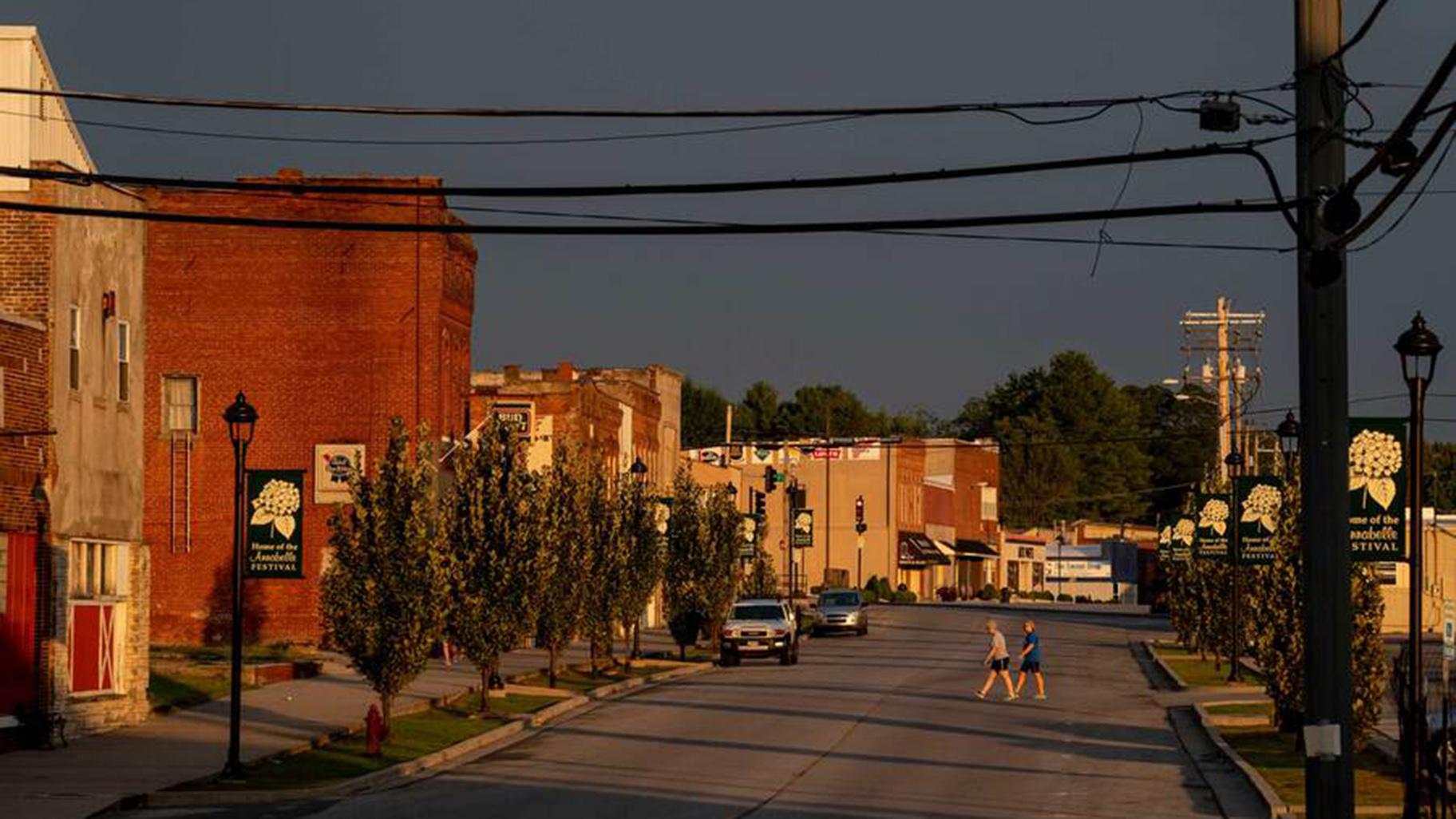 The city of Anna. (Whitney Curtis, special to ProPublica Illinois)
The city of Anna. (Whitney Curtis, special to ProPublica Illinois)
Through the course of reporting, I wanted to pinpoint exactly how the town’s name came about and also the acronym. Who in the town history said this? I looked through historical documents, during Civil War and after, and wasn’t able to trace the truth behind when the acronym started, but the town did have two significant Annas. One is the wife of the man who founded the town in 1854. Then in 1909 a white woman named Anna was murdered and found in an alley in neighboring Cairo, Illinois. A day or two later a black man was blamed even though there was little evidence. There was no trial, and he was lynched in front of thousands from the surrounding towns who gathered in to watch. The murder and lynching made national headlines.
Days after the lynching, a mob of white men ran some black workers at a local quarry in Anna out of town. For decades after that, there was only one black family in Anna.
Did you find other towns like this in Illinois, outside of Southern Illinois? Were these places more common in the South but rare in the Midwest?
One important takeaway of this story is that it wasn’t confined to the South or Southern Illinois. Municipalities all over Illinois and the country enforced racist policies that weren’t necessarily laws on paper. They were often unwritten rules that made their towns an unwelcome place for blacks. They might have been restrictive housing covenants, or more recently, being unwilling to charge people with hate crimes.
Often we have these notions that communities look the way they do for no particular reason. But if you research why the place you live looks the way it does, you might find policies that were intentionally exclusionary.
Related stories:
‘I Was Appalled’: Black Customers Say Host Told Them to Move
The Reparations Debate is Heading to City Council
Chicago Organizations Commemorate 100th Anniversary of Race Riots

